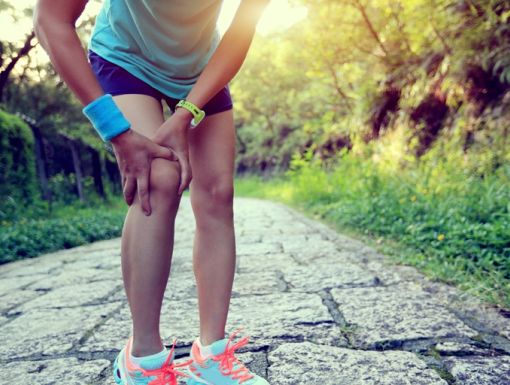
Physical Therapy & Dance - 10 Helpful Tips
Living in New Orleans, we all know dance is an essential part of our cultural. When we hear the sounds of New Orleans - from high school marching bands during Mardi Gras to zydeco and brass bands during Jazz Fest - our spirits become joyful and our natural response is to dance. Whether you are a professional or just enjoy it on the weekends, we can all be called dancers.
As a Physical Therapist who starting dancing at three years old, I know the two most common types of injuries are traumatic and overuse. Overuse injuries are typically seen more in professional and adolescent populations, while traumatic injuries are seen more in recreational and “weekend” dancers. Both types of injuries are not only treatable, but also preventable.
Here are 10 helpful tips to prevent common injuries associated with dancers:
- Rest! Your body needs time to rest or you are more likely to end up with an overuse injury. A best practice tip would be to get 8 hours of sleep.
- Take care of your body. No one knows his or her body better than you, so listen to it. Pain is an important sign that something is off so be sure not to ignore it.
- Nutrition, The human body needs “good” fuel to have the energy to perform efficiently. Eating a well balanced diet is an essential part of this process.
- Stay hydrated. Drink plenty of water throughout the day. You should be drinking half your body weight in ounces of water a day (i.e. someone who weighs 100 lbs. should be drinking at least 50 ounces of water a day.)
- Proper warm ups. A warm up should be focused on getting your heart rate up, so avoid sitting in prolonged stretches before class.
- Cool downs. It is important to gradually return your cardiovascular system to baseline after a workout. A cool down can also help reduce muscle soreness so be sure not skip this important step.
- Proper stretching. A minimum stretch of 30 seconds to a maximum 2 minutes is the most beneficial for muscle fibers. Muscles should always be warm before stretching begins, so a long duration stretch of 1-2 minutes, per stretch, should be done at the end of class.
- Strengthening. The goal should always be to keep our muscles strong yet balanced along all planes. It is very common for us to have stronger muscles in the planes of motion we use regularly (i.e. the walking plane), but it is equally important to have strong muscles in rotational and lateral planes of motion.
- Postural awareness. Posture starts with your feet and is a chain reaction going up to your neck. Avoid walking in “turn out”, arching your back, and dropping the arches of your feet.
- R.I.C.E. Principle- apply rest, ice, compression, and elevation to affected area. If you injure yourself always remember this principle for initial treatment, but if your symptoms do not improve see your doctor.
Our bodies are capable of incredible things. It is our responsibility to provide them with the best tools and care so we can function properly at the highest level. When we are unable to self-manage our symptoms, a skilled physical therapist can perform a detailed evaluation and treatment plan that will identify your specific impairments.
Physical therapists are considered experts in movement. They are specifically trained to recognize instabilities, weaknesses, postural mal-alignment, gait deviations, joint restrictions, and muscular limitations. All of these keen skills make us the best provider to improve a musculoskeletal injury.



